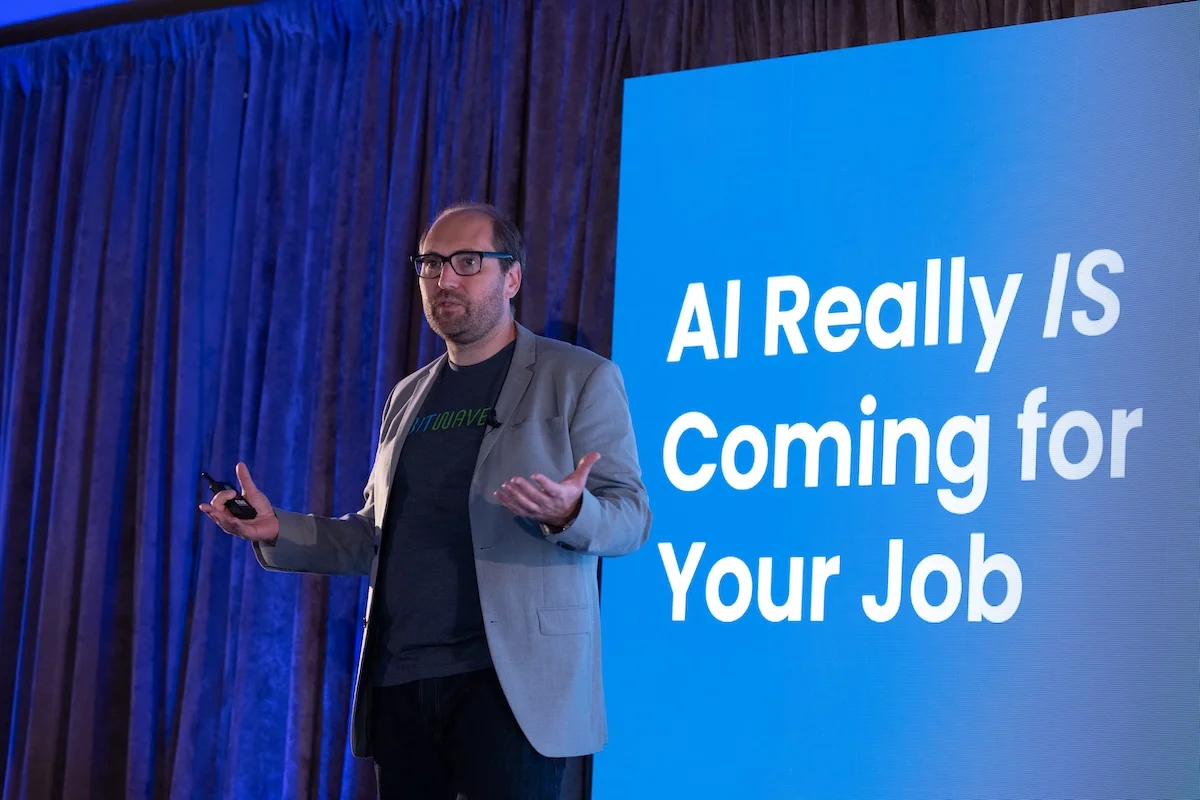
The Year Digital Assets Became the Fabric of Enterprise Finance
On October 8th, 2025, Bitwave hosted the fourth annual Enterprise Digital Asset Summit (EDAS)—an official event of San Francisco Tech Week by a16z. Partners, customers, and industry peers gathered to explore the future of finance in an era where digital assets have moved from promise to production.
More than 160 industry leaders convened at the historic St. Francis Yacht Club for a full day of conversation around how AI is reshaping the back office, how stablecoin payments are transforming global finance, and how institutional adoption is no longer a prediction but a present reality.
Speakers and panelists represented nearly every corner of the digital asset ecosystem, including thought leaders from:
Deloitte, BDO, CFGI, S&P Global Market Intelligence, Secure Digital Markets, Coinbase, Ripple, BVNK, Rillet, Puzzle, Plaid, Ava Labs, Wall Street Blockchain Alliance, Anchorage Digital, EY, The Linux Foundation, Blocknative, Overland Blockchain Group, and more.
This year’s agenda was the most expansive yet, building on EDAS’s foundation of digital asset accounting, tax, and audit while reflecting the industry’s exponential growth into AI technology. New sessions examined everything from enterprise crypto treasuries to agentic finance tools reshaping accounting workflows to how the Canton Network is tokenizing Wall Street.
Across these conversations, a handful of clear themes emerged—threads that tell the story of where enterprise digital assets are today and where they’re heading next.
We’ve rounded up the top takeaways from the on-chain finance event of the year.
1. The Era of Enterprise Integration Has Arrived

If last year’s conversations in Nashville were about potential, this year’s were about production.
Across keynotes and panels, the message was unmistakable: digital assets have officially entered the enterprise core.
CFOs, custodians, and banks described blockchain not as a pilot program or side project, but as core financial infrastructure. That sentiment was echoed by traditional financial institutions now building directly on-chain, using blockchain for settlement, reconciliation, and liquidity management. The “TradFi vs. Web3” divide has effectively dissolved — the two are now partners in a shared financial fabric.
EDAS 2025’s tone was one of operational realism: decentralized infrastructure has matured into enterprise-grade rails, and integration into ERP, payments, and compliance systems is happening in real time.
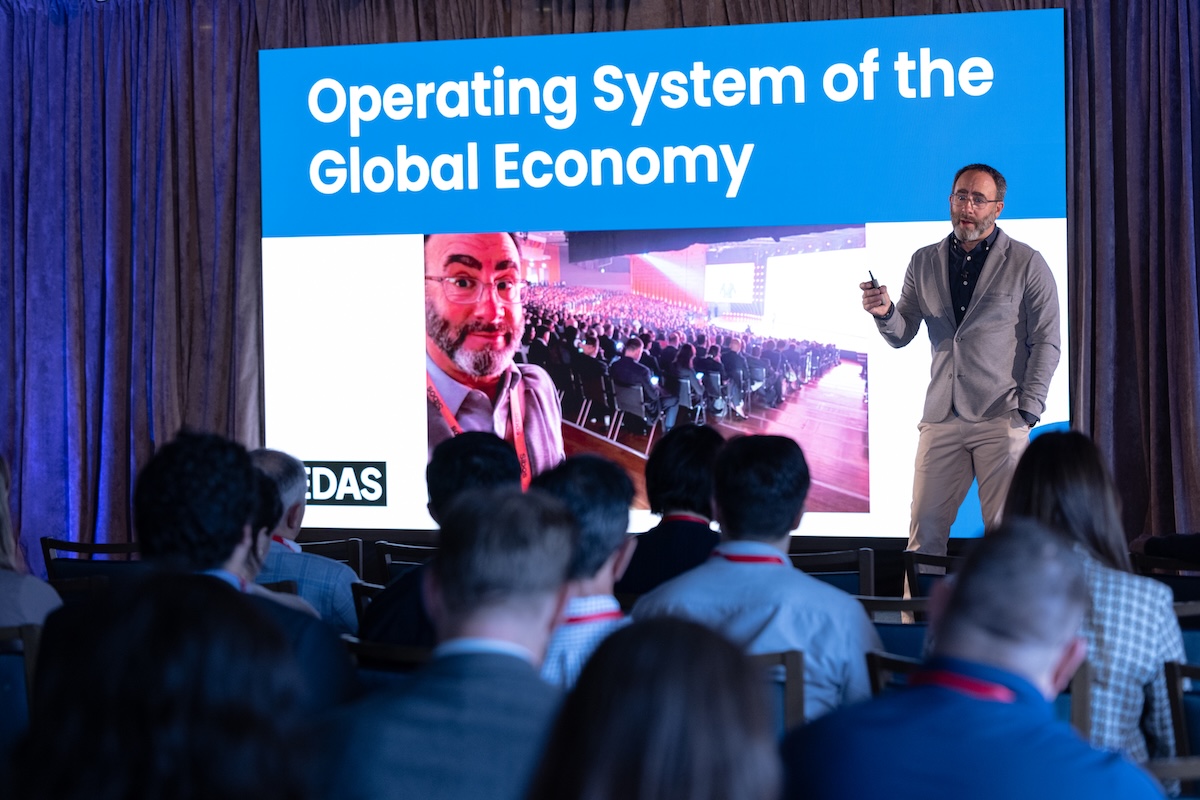
2. Stablecoins Have Become the Rails of the New Economy
No topic drew broader consensus than stablecoins. What began as a crypto-native experiment is now the backbone of enterprise blockchain adoption — powering cross-border payments, on-chain treasury flows, and digital settlement networks.
One speaker from Coinbase described stablecoins as “the best use case for crypto because they solve real problems and everyone understands them.” [Stablecoin Panel] Ripple’s Hope Chapman added:
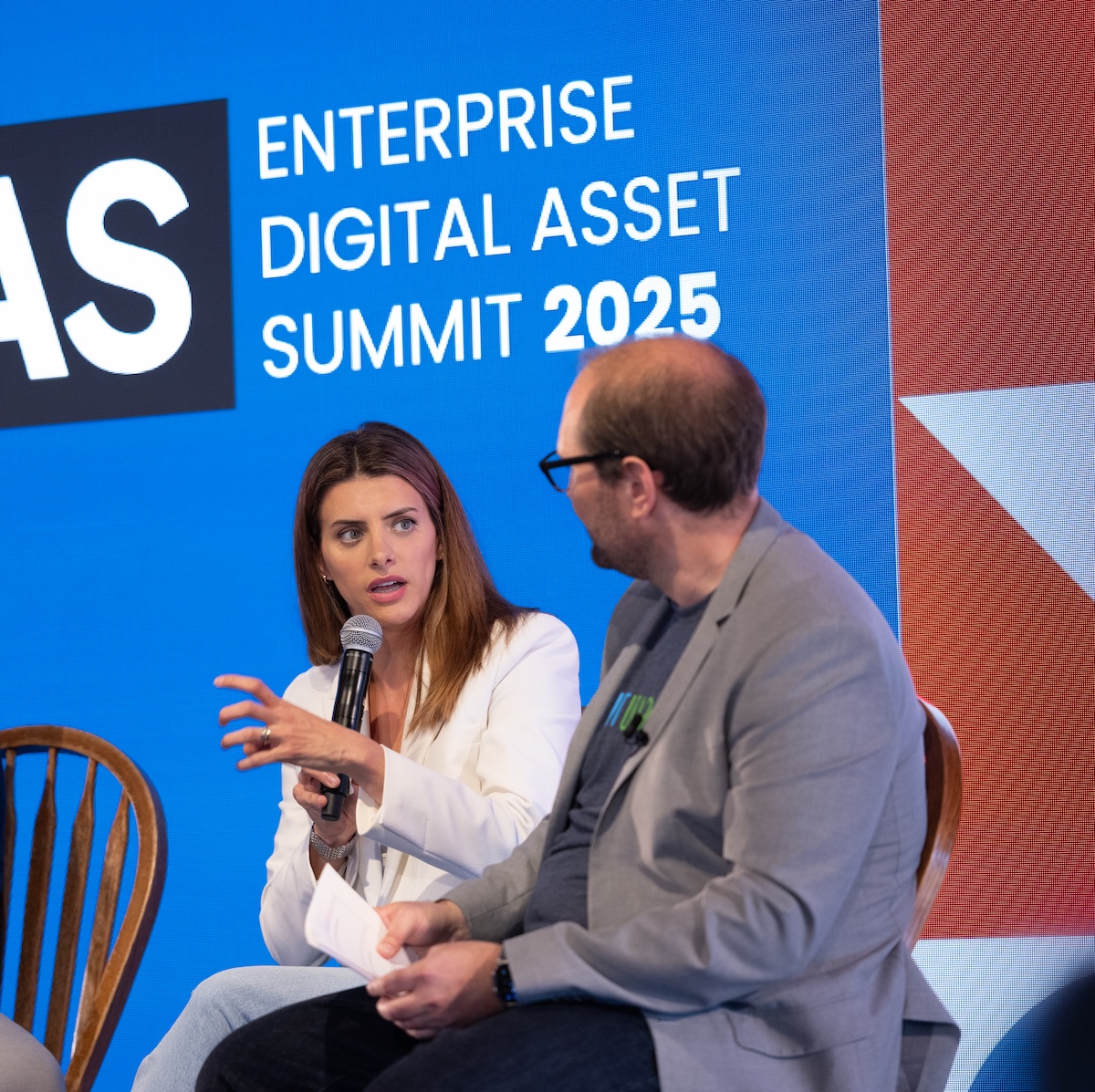
“Stablecoins have really blown the doors open for crypto-based payments. They’ve become the solid middle leg for any transaction.”
Panelists predicted consolidation around a handful of trusted, regulated stablecoins, analogous to the emergence of major card networks in traditional finance.
“You can’t have a thousand different stablecoins operating — you’ll never get scale. You need a few that can move globally, instantly.” David Weiss, VP of Enterprise Sales, BVNK

By the end of EDAS 2025, stablecoins were no longer being discussed as crypto’s “bridge to the mainstream.” They are the mainstream — the digital rails moving trillions in value for enterprises every year.
“The day someone like Walmart starts getting into crypto you know it’s for real. We’re going to see 100% of Fortune 500 companies touching stable coins over the next 12 months.” -Pat White
3. On-Chain Accounting and Compliance Are the New Normal
EDAS 2025 confirmed what finance leaders have been anticipating for years: on-chain data is now accepted as primary source documentation for audits and accounting.
Deloitte’s Caitlin Kennedy called blockchain “an auditor’s dream”, noting that its transparency and immutability simplify reconciliation and strengthen control environments.
“The beauty of blockchain is that everything’s publicly verifiable. It’s an auditor’s dream. It’s our source of truth.” -Caitlin Kennedy, Deloitte
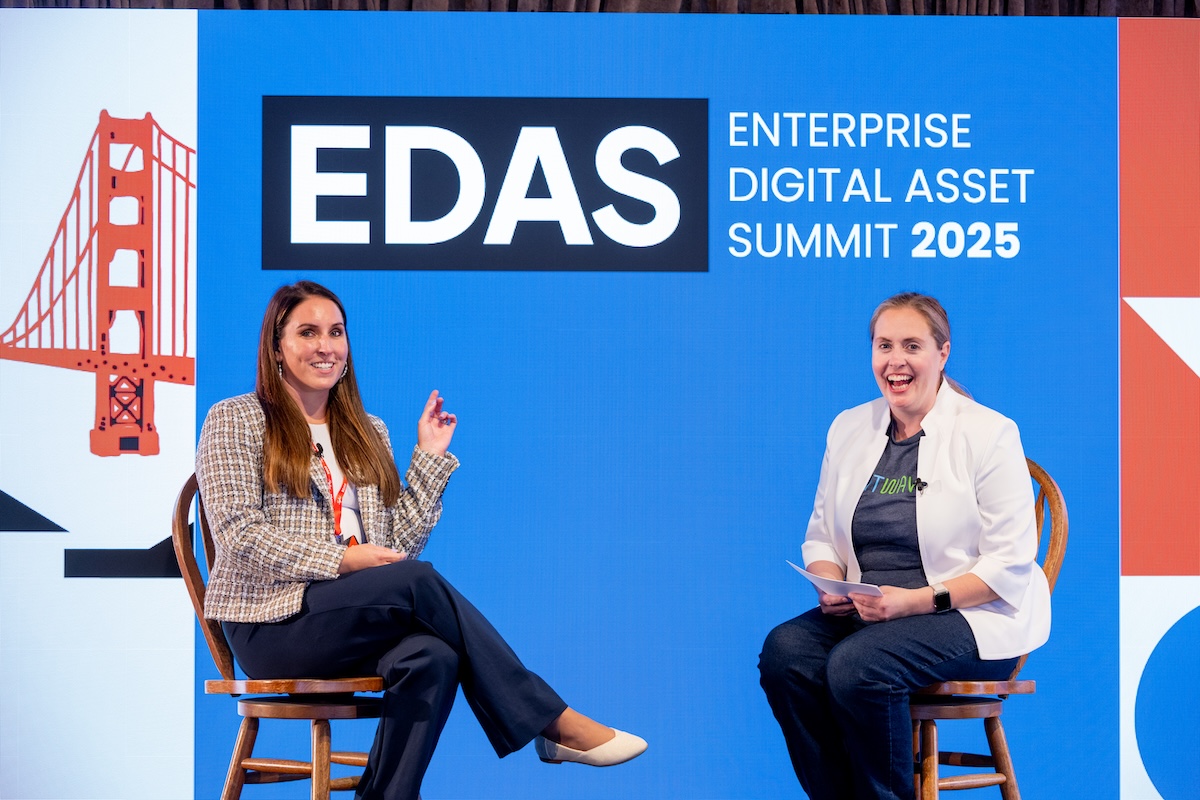
This perspective was shared across multiple panels on regulatory compliance and due diligence. As regulatory frameworks mature, on-chain records are occupying greater importance as systems of record where they were once only supplemental.
EDAS 2025 showed that accounting and compliance have moved beyond merely adapting to blockchain, and now have begun to depend on it.
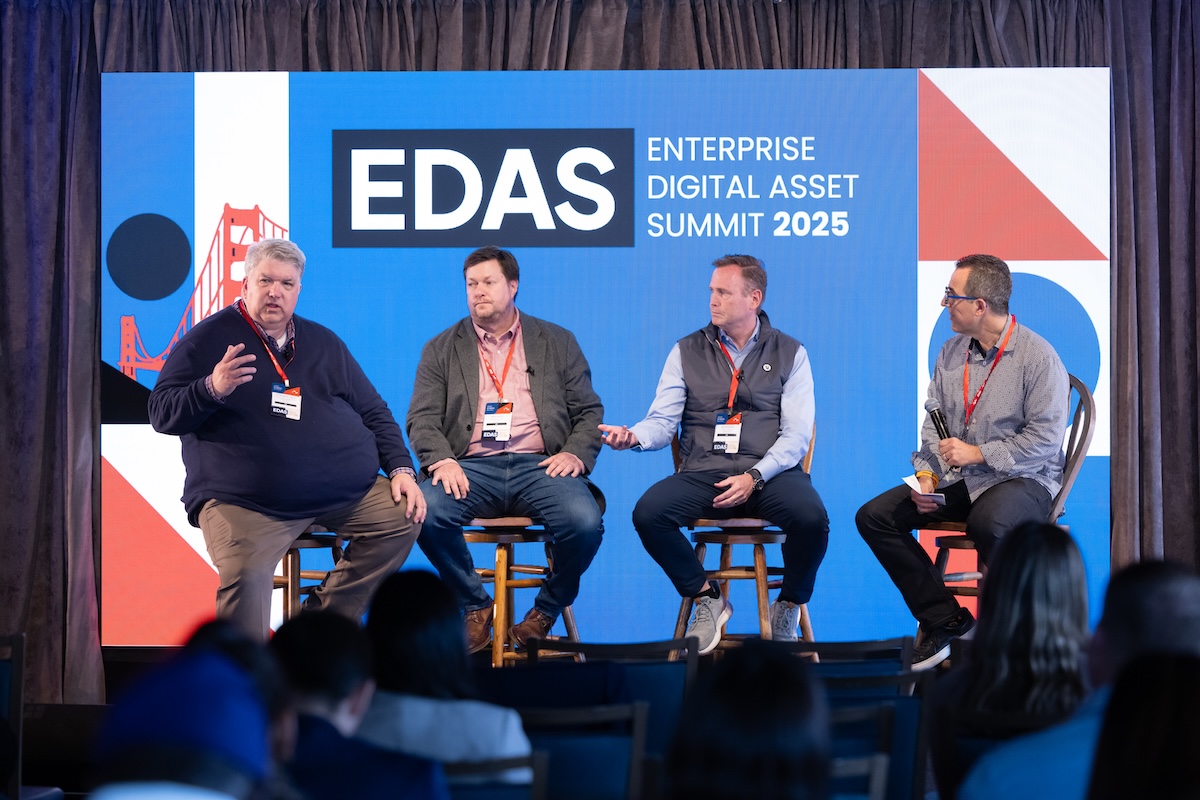
4. Regulation Has Evolved from Obstacle to Catalyst
For the first time, EDAS audiences heard optimism from compliance experts. Legal practitioners described a sharp pivot in regulatory tone — from “regulation by enforcement” to structured collaboration.
“The regulatory enforcement risk has gone down a lot. You may have heard of the SEC's regulation by enforcement in which they were coming after companies for doing what they thought were illegal securities offerings. Today, there's a much more friendly tone at the SEC than a decade ago.” -Mitzi Chang, Goodwin Procter
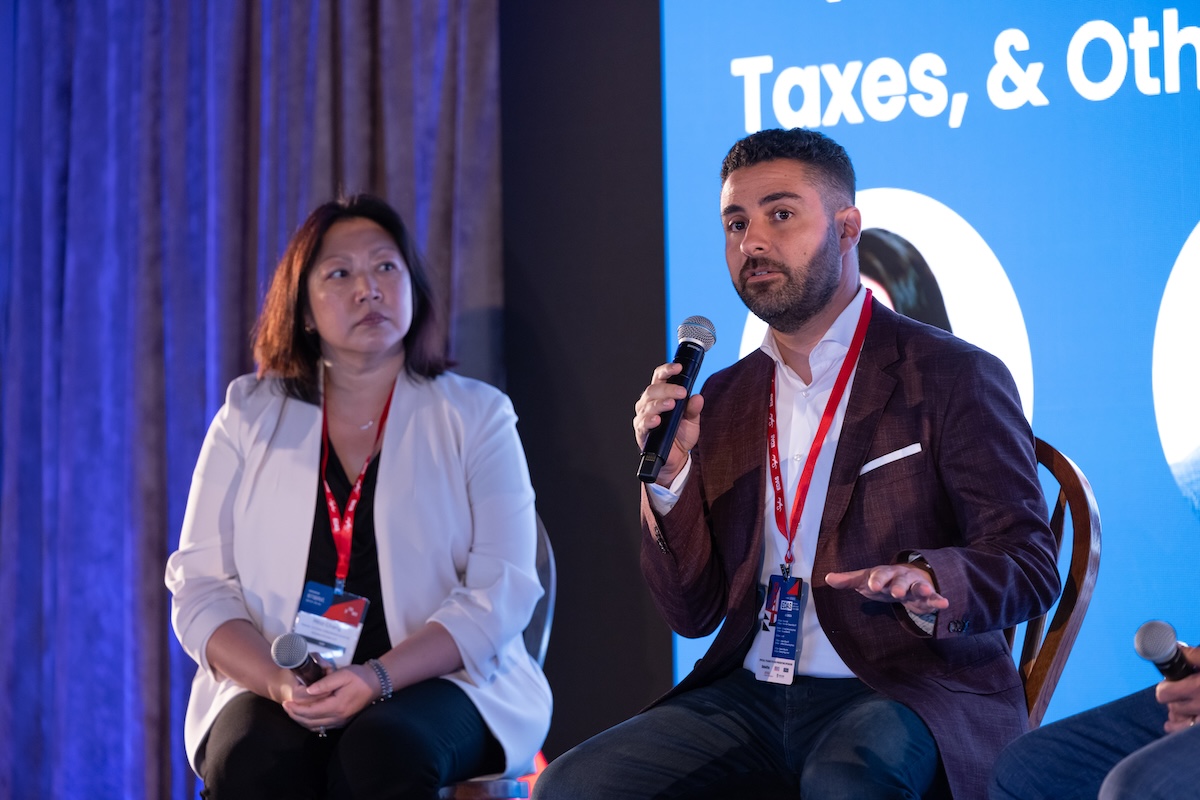
The Clarity Act and Market Infrastructure Act were cited repeatedly as milestones, giving enterprises the predictability to innovate confidently.
EDAS 2025 made it clear: clear rules are finally enabling the next phase of adoption. Instead of a legal gray zone, digital assets now operate within a policy framework that attracts banks, insurers, and Fortune 500s. Regulatory certainty has become a competitive advantage.
5. Intelligence, Interoperability, and Tokenization Define What’s Next
While much of EDAS 2025 celebrated maturity, the closing sessions pointed squarely toward the next frontier: intelligent automation and interoperable tokenization.
AI is already streamlining finance operations — detecting anomalies, automating journal entries, and providing instant compliance insights. AI’s arrival in accounting is transforming cycle times and accuracy. One speaker from Ava Labs described cutting close time by 60% using AI for transaction matching and reconciliation.
At the same time, cross-chain interoperability emerged as the industry’s next bottleneck. And in multiple sessions, speakers highlighted real-world asset (RWA) tokenization as the bridge between digital efficiency and capital market value.
Ripple’s Hope Chapman put it succinctly:
“We have customers using XRPL to tokenize real-world assets, bringing them on-chain for instantaneous liquidity and collateral.”
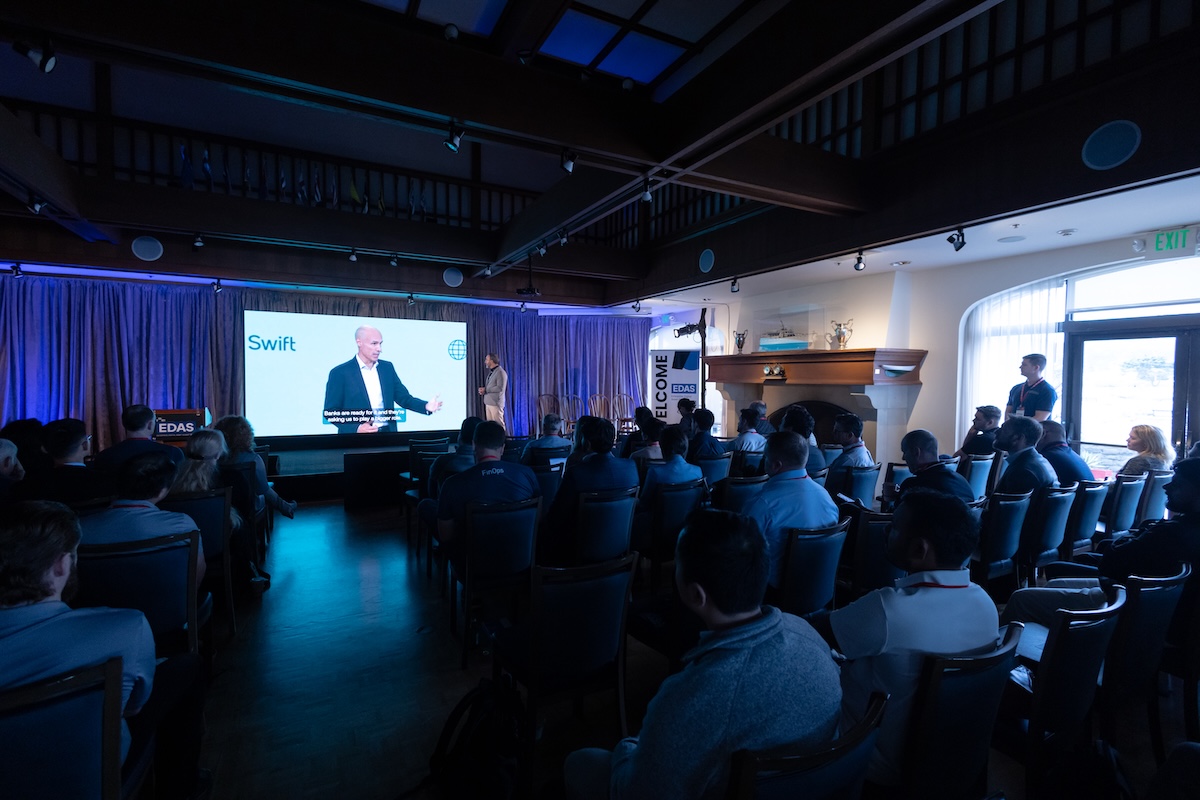
Together, these threads represent the new innovation cycle: not speculation, but system design — connecting ledgers, automating trust, and expanding access to tokenized value.
Closing Reflection: Bridging the Gap From Proof to Production
If EDAS 2023 was about what’s coming, and EDAS 2024 was about who’s building it, then EDAS 2025 was about how it all finally works together.
Every conversation, from audit automation to cross-border payments, pointed to the same reality: digital assets are no longer a future experiment — they’re the financial fabric of the modern enterprise.
Rewatch all the sessions from EDAS 2025 on demand on YouTube.

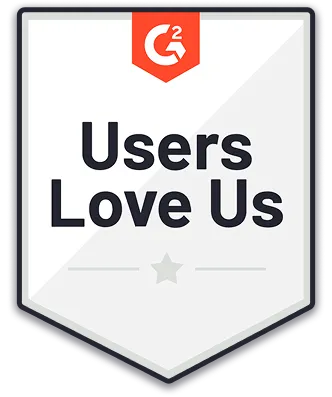
Disclaimer: The information provided in this blog post is for general informational purposes only and should not be construed as tax, accounting, or financial advice. The content is not intended to address the specific needs of any individual or organization, and readers are encouraged to consult with a qualified tax, accounting, or financial professional before making any decisions based on the information provided. The author and the publisher of this blog post disclaim any liability, loss, or risk incurred as a consequence, directly or indirectly, of the use or application of any of the contents herein.





.png)

